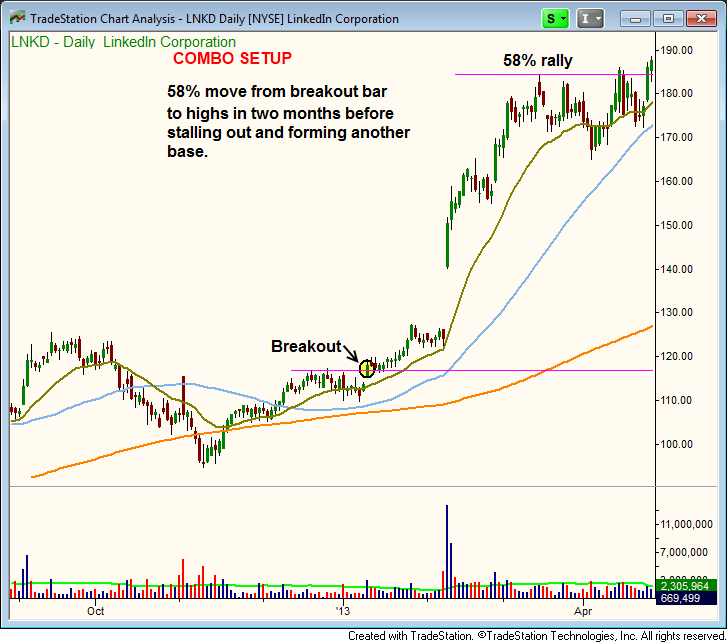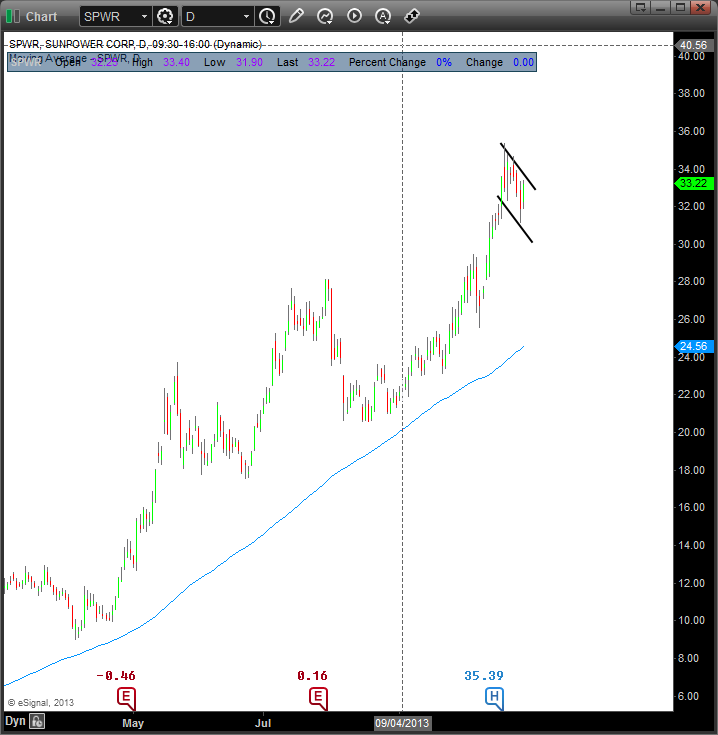A Cheap Stock with Bullish Momentum
Post on: 21 Июнь, 2015 No Comment

Value investors buy and hold for the long-term. They know it can take time for other investors to spot hidden value. Momentum traders, on the other hand, want to find stocks that are moving quickly now.
While both strategies can be profitable, there are major advantages of combing the two philosophies.
Many investors believe its less risky to buy value stocks. Value stocks generally have low price-to-earnings (P/E) ratios or a high dividend yield. The idea is that those factors can cushion the stock against further declines. One problem with this approach is that stocks can stay cheap for a long time.
Momentum traders look for stocks that are outperforming the market right now. The easisest way to spot these stocks is with momentum or relative strength indicators. If a stock is outperforming more than 80% of other stocks, it is among the market leaders. These stocks tend to continue delivering market beating performance for some time.
This week, I noticed a value stock thats already starting to move higher.
Hanmi Bank (Nasdaq: HAFC ) was founded in 1982 to serve the Korean-American community in California. Since then, the bank has grown into one of the largest Korean-American banks in the country. It now provides services to the multi-ethnic customers of California with 27 full service offices in Los Angeles, Orange, San Francisco, Santa Clara and San Diego counties. These are the largest cities in California, which is ranked as the eighth largest economy in the world. California is also showing signs of growth. Personal income in California grew by 5.6% in 2011, well above the national average of 5.1%, according to the Bureau of Economic Analysis.
HAFC is up more than 35% since the company completed a reverse stock split in December that was intended to push its price back above a dollar. The stock, and the company, is a turnaround story.
From 2007 through 2010, HAFC posted cumulative operating losses of more than $35 per share. The stock price collapsed by more than 95% as nonperforming loans ballooned to more than 7.7% of assets. HAFCs 2011 earnings report shows a turnaround for the company with nonperforming assets now more than covered by reserves. The banks capital levels are now well above regulatory requirements. For the full year, the company reported earnings of $1.38 per share.The bank has also reported a profit in each of the past four quarters.
Analysts are optimistic that earnings will remain positive. Earnings per share are expected to top $2 a share this year before falling back towards $1.03 a share next year. With sustained profitability, HAFC should trade with a P/E ratio close to the average of other stocks in its sector. Regional Banks (Pacific) are trading with an average P/E ratio of 15.8, which indicates that $16.30 is within reach for HAFC if it meets expectations — thats would be a 60% gain from recent levels.
The long-term chart shows that HAFC was hit extremely hard by the financial crisis. However, it also shows that HAFC could deliver extraordinary long-term gains if it regains its market share.

Over the past six months, this stock has outperformed more than 86% of stocks. HAFC closed above its 10-month moving average at the beginning of the year. On the weekly chart, momentum is strong. The daily chart, HAFC appears to be setting up a MACD buy signal on this weeks close.
This California-based bank appears to have survived the credit market collapse and real estate meltdown and is well-positioned to deliver profits in the future. As the market recognizes this, it could gain as much as 60% from its recent trading level as its valuation moves towards the average P/E ratio of its peers.
The downside in HAFC can be limited by the fact that the stock has had very low volatility over the past few months. On average, the price moves about 6.5% a week between the high and low. A 13% stop loss (two times the average weekly range) should protect traders.
As the stock market rally continues, it is not surprising that there are no changes in my 26-week ROC strategy. I continue to hold Vanguard REIT (NYSE: VNQ ). SPDR S&P 500 ETF (NYSE: SPY ) and Vanguard Small-Cap ETF (NYSE: VB ) .














